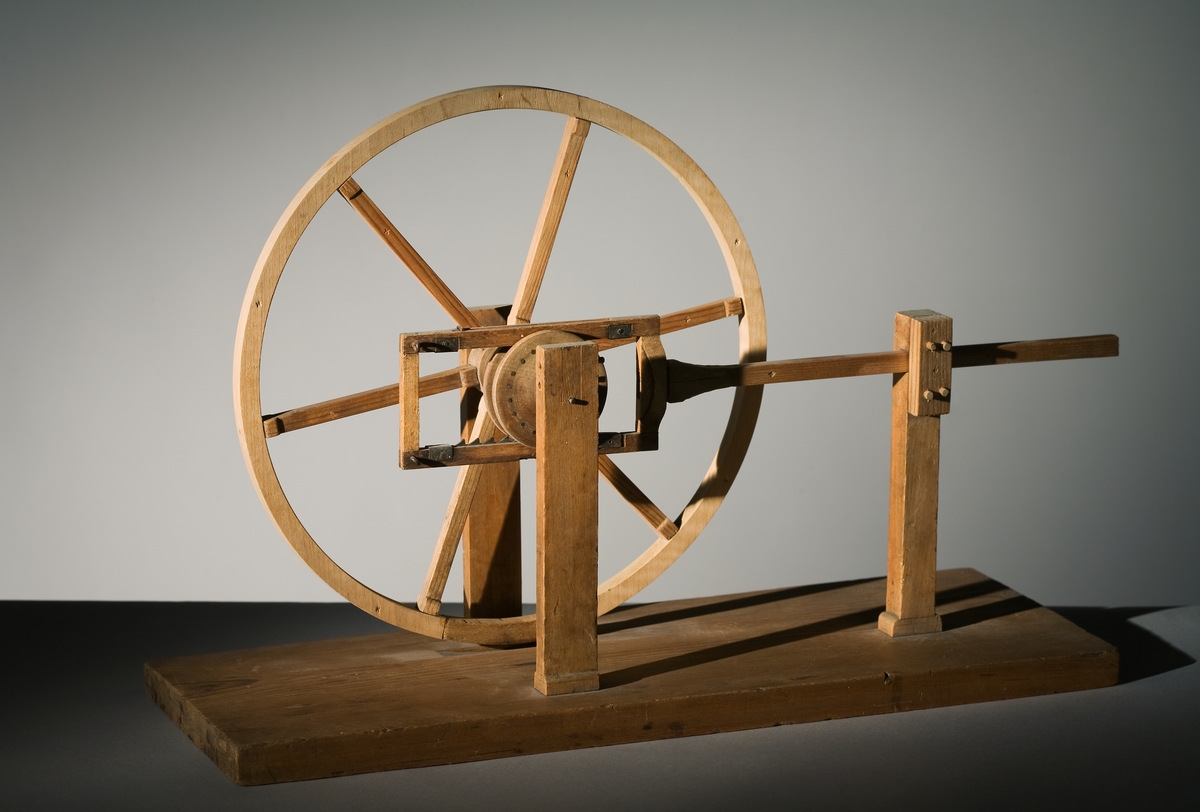
The Digital Models exhibition was an exciting research project based on selected parts of the museum's collections. Through this exhibition, visitors had the opportunity to interac ...
17 objects
Mekaniskt alfabet, modell
Mekaniskt alfabet, modell
Modell ur Polhems mekaniska alfabet. Den horisontella cirkelskivan har på undersidan ett spår i vilket det löper tapper som är fästade på de grövre armarna. När skivan roterar får ...
Mekaniskt alfabet, modell
Modell ur Polhems mekaniska alfabet. Text på föremålet: LIII, LIV. När den snedställda skivan roterar får den horisontella armen en fram- och återgående rörelse. Vid rotation av de ...
Mekaniskt alfabet, modell
Mekaniskt alfabet, modell
Mekaniskt alfabet, modell
Mekaniskt alfabet, modell
Modell ur Polhems mekaniska alfabet. Genom en fram- och återgående rörelse hos armen erhålles en kontinuerlig rotationsrörelse hos hjulet med hjälp av två fjäderbelastade kuggstäng ...
Stockholms sluss, modell
Modell av Stockholms sluss. Text på föremålet: "Kungl. Tekniska Högskolans Vattenbyggnadsmodellsamling. Afd. Slussmodeller. Stockholms gamla sluss (belägen söder om den nuvarande). ...
Mekaniskt alfabet, modell
Mekaniskt alfabet, modell
Modell ur Polhems mekaniska alfabet. Text på föremålet: "XV". En roterande rörelse hos hjulet, som till hälften är försett med kuggar, överförs till en fram- och återgående rörelse ...
The exhibition "Digital models" tells about a research project with the same name. The project is a collaboration between the Technical Museum and Umeå University, where researchers from the university and employees from the museum worked together. The project used various methods to create digital copies of parts of the Technical Museum's collections, including Carl Sahlin's mining history collection, the Technical Museum's annual book Daedalus, and Christopher Polhem's mechanical alphabet. By examining these digital copies in different ways, previously hidden stories about people, environments, and technology can be revealed.
The work was based on the research field of digital humanities, which is a method and way of researching digital archives and collections. Digital humanities aims to use digital tools to explore new ways of researching humans, culture, and technology. For example, large text materials can be examined with digital tools. In addition to researchers, programmers often assist in this work.
Through digital applications, visitors to this exhibition can interact with objects in a VR environment or learn more about how we can use computers to extract information from large amounts of text that are difficult to find through traditional archival research.
The exhibition aims to convey the research in the project in an easily understandable and playful way. In this way, we hope to arouse curiosity among both children and adults to continue exploring the museum's collections and become interested in the opportunities that technology creates for research.
The three material categories were called "Work block 1, 2, and 3" in the following order:
Work block 1: Carl Sahlin was a collector of Sweden's industrial history. He was born in 1861 in Skåne and traveled throughout the country to collect documents, books, maps, drawings, objects, and more. The archive at the Technical Museum contains about 1,800 archive boxes filled with information and objects from his travels. The exhibition "Digital models" displays examples from his collection. Sahlin was very meticulous and wrote notes about everything he collected to explain more about it for future generations.
Work block 2: The Technical Museum's annual book Daedalus was published between 1931 and 2017. The articles in Daedalus cover topics on technology and innovation, people and environments, and everything in between. Since we have created digital copies of all these books, they are now available online. It is also possible to search for specific topics that interest you, such as cars, mines, space, robots, and much more.
Work package 3: Christopher Polhem was born in 1661 and was an inventor and industrial magnate. He has been called the "father of Swedish mechanics." Polhem created educational models based on his inventions, which are called the mechanical alphabet. With the help of this alphabet, mechanics could be taught more easily to students. These wooden models had different movements that could be combined to form more complex movements, similar to how letters in an alphabet form different words.
On DigitaltMuseum, it is possible to see all the models from Polhem's mechanical alphabet that the museum has in its collections. There are also about 46,000 archive materials from Carl Sahlin's collection and all the museum's annual books from 1931 to 2017 available to read on digitalamodeller.se.
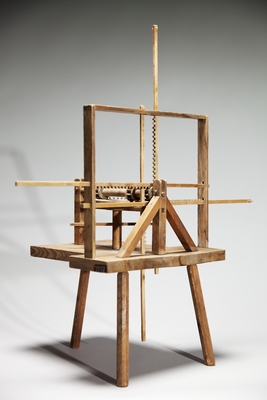
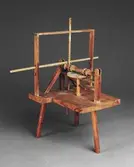

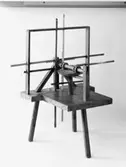
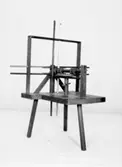
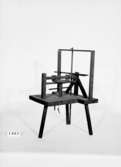

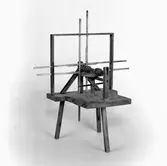
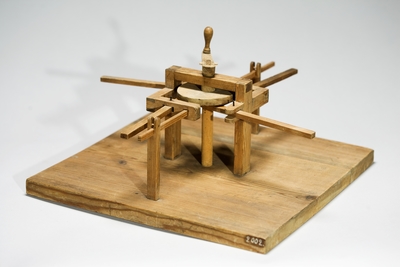


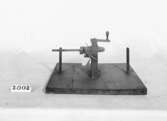
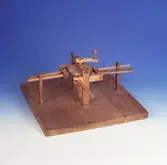

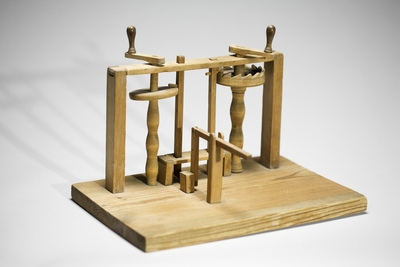
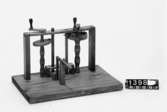
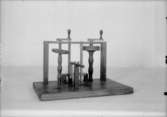
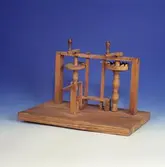


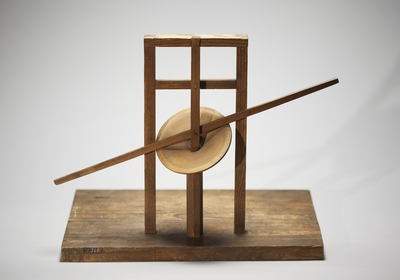
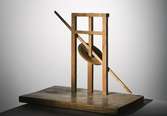
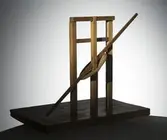
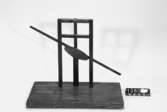
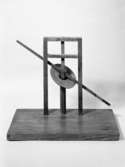
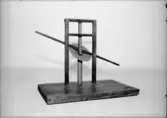
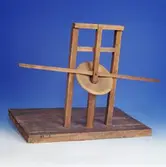
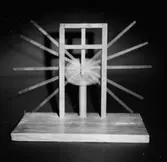
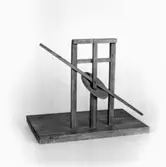
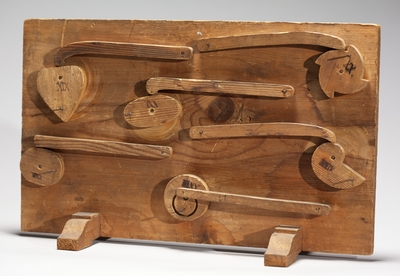





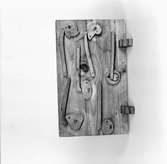
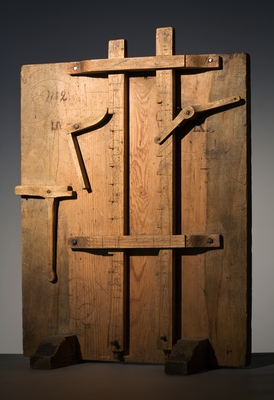
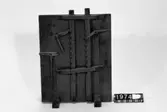
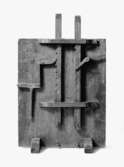
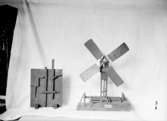
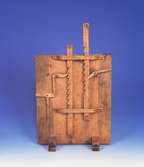
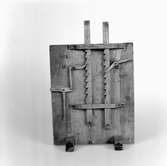
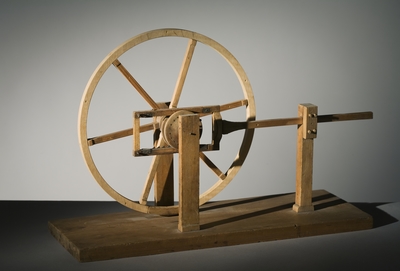


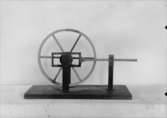


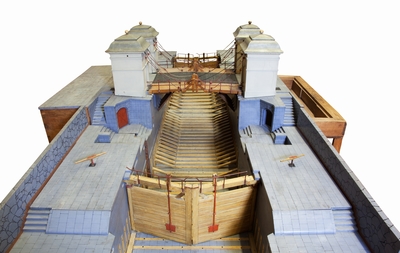

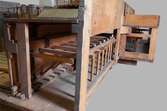
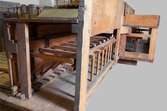
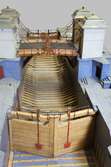

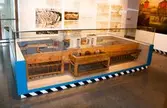

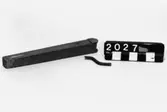
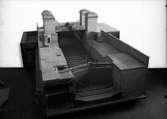


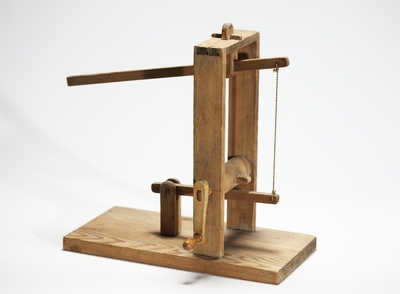
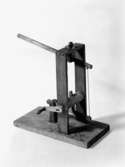
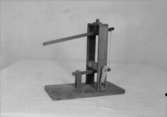
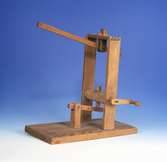

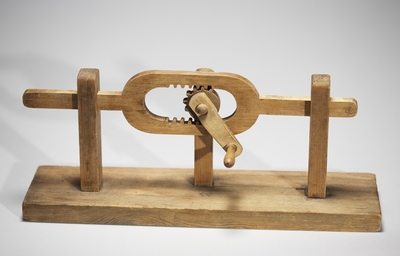

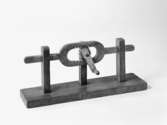

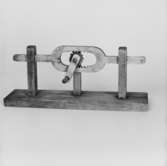
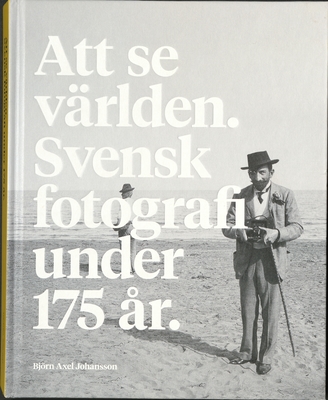

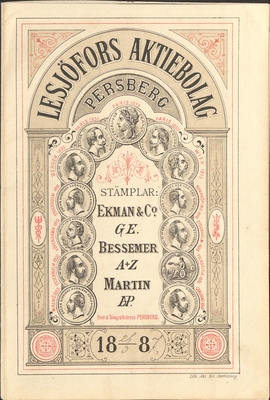
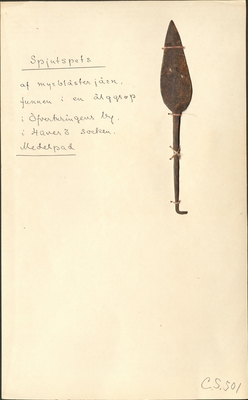
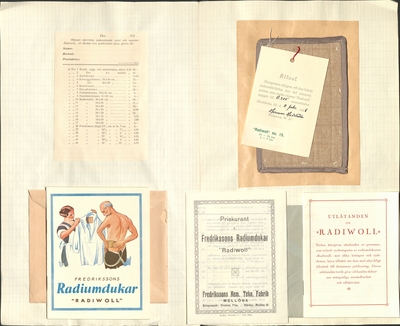
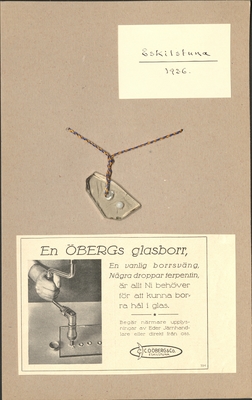


Add a comment or suggest edits
To publish a public comment on the object, select «Leave a comment». To send an inquiry directly to the museum, select «Send an inquiry».